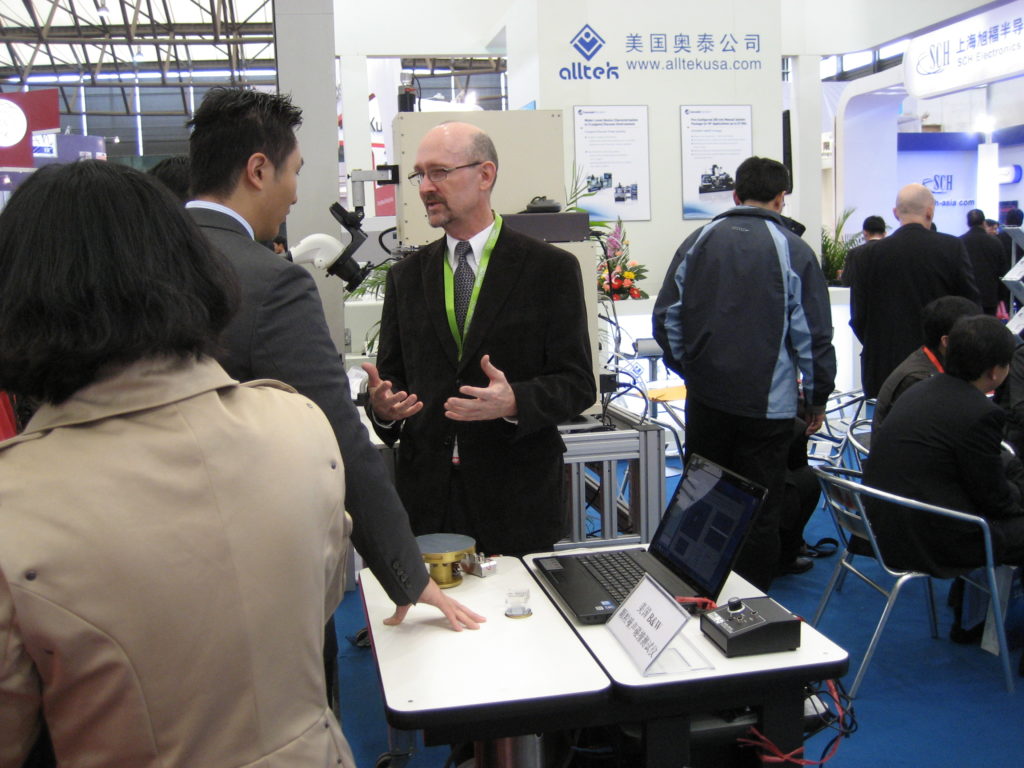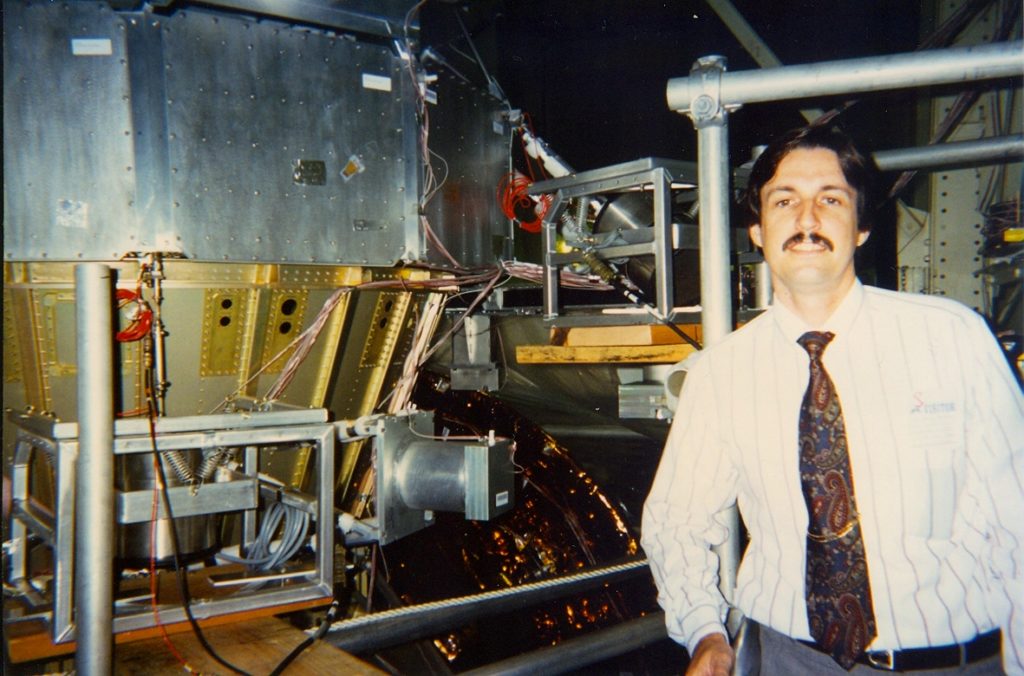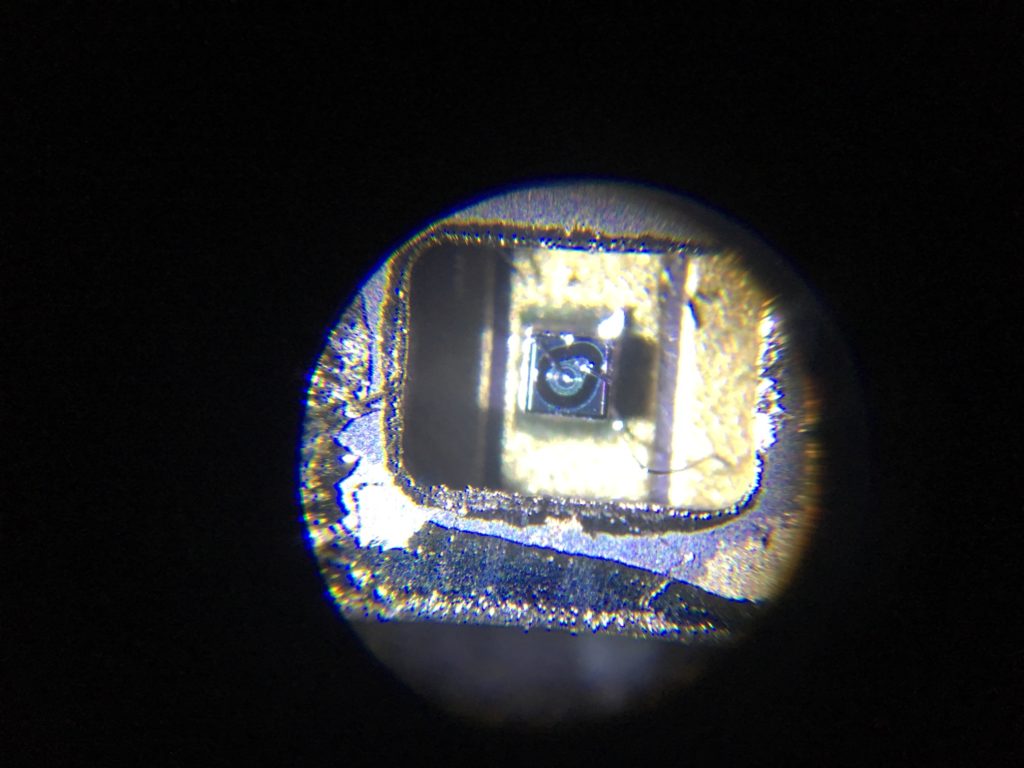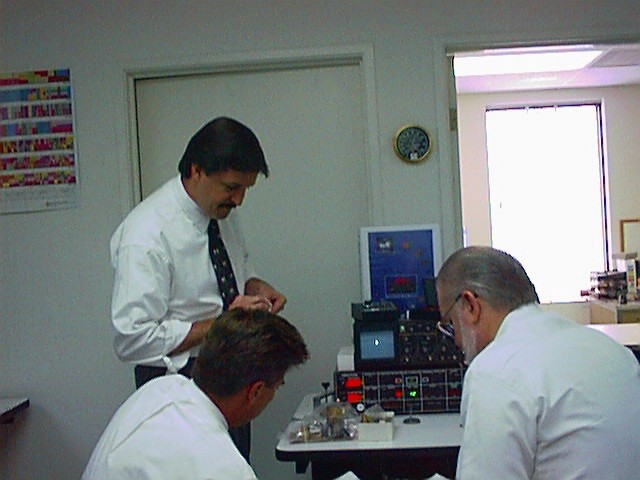It is through innovation and adaptation that B&W Engineering Corp. provides organizations with custom PIND, Vibration, and Shock solutions for more than 40 years.
We’ve worked with the NASA to provide custom testing configurations to ensure the Space Shuttle engines work reliably. As well as Jet Propulsion Lab in Pasadena, California to ensure satellites can withstand the forces expected during vehicle launch. Our latest efforts are helping a local defense contractor by providing multi-sensor test platforms that can be used to not only detect if devices have particle contamination but also identify where the contamination exists so the devices can be decontaminated.
We can help with your most demanding problems utilizing:
I. Vibration and Multi-sensor Arrays for testing large or oddly shaped devices such as:
- Large Hybrid Devices and subassemblies
- Large to huge objects from on-board computer systems to entire satellites
II. Precision particle detection using:
- Multi-sensor triangulation
- Data recording for analysis
III. Custom built acoustic and ultrasonic sensors and sensor arrays
IV. Custom built jigs and fixtures for your most challenging shaped packages, large and small
Example Solutions
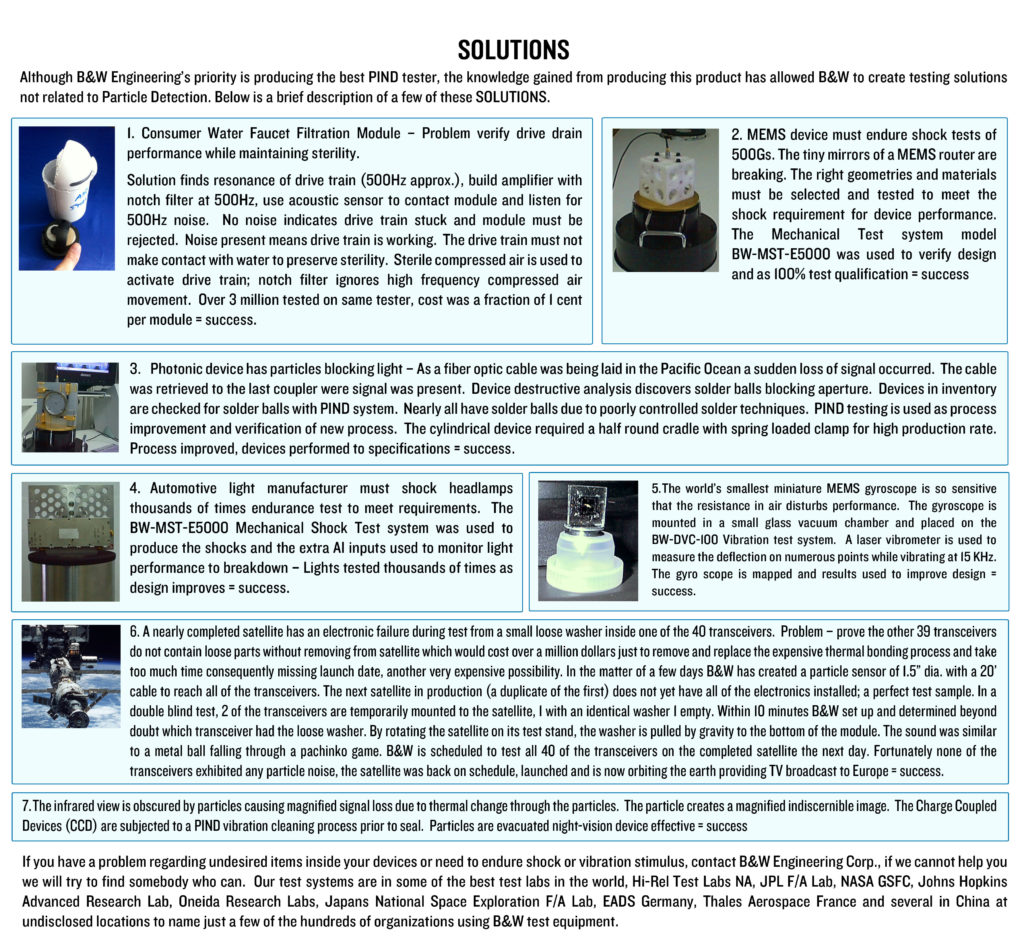
Contact us with your problem and see if we don’t have just the solution you’ve been looking for!
SOLUTIONS: HIGH RELIABILITY TESTING FOR COMPONENTS AND SYSTEMS
Particle Detection Measuring System
Test System Makes Waves…
Within the past four or five decades man’s activities have become increasingly dependent upon the performance of many different types of instruments and devices to support human life during space and air travel, and to guarantee the performance of satellites and weapons systems. It has become absolutely mandatory that certain devices and instruments function precisely as planned without interruption of any kind especially when in a dynamic mode.
Due to the need for miniaturization, greater dependence and reliance has been placed on electronic devices. The unprecedented scale of failure is staggering: it is now possible to defeat a multi-kiloton space vehicle with a microscopic particle.
Relative Particle Size
The MSFC project examines sensors used on the SSME for loose particle contamination, which can cause short circuits after engine firing. If any of the engines exhibit anomalous performance the mission can be scrubbed. Lift off occurs several seconds after engine firing.
This new system marks a significant advancement to the control, data acquisition and delivery of mechanical shocks. Modern electronic devices must endure the effects of repetitive mechanical shocks and sustain.
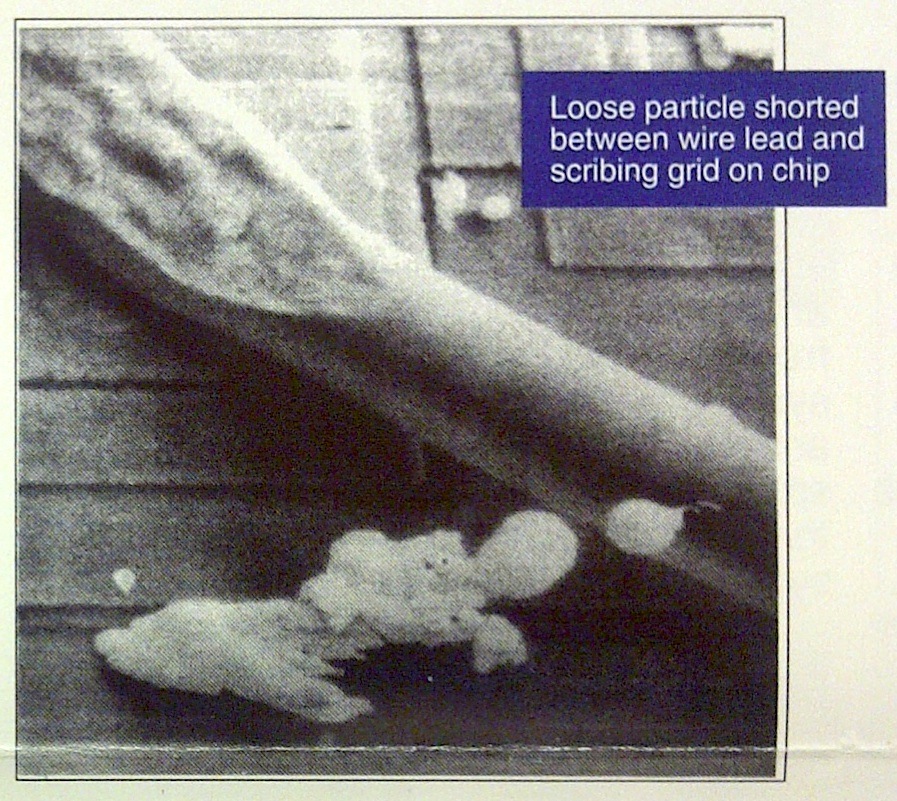
Although an electronic device may operate perfectly when tested at rest, when it is subjected to motion, such as shock and vibration the device operation can be affected by bending modes, loosely adhered components, or loose particles. Particle detection systems have been used to screen out those devices that will malfunction due to loose particles. This study goes beyond the detection of, to a means to, determine the relative size of a particle loose in an enclosed cavity.
The objective of the NASA project is to use Particle Impact Noise Detection (PIND) to determine the probability that the devices currently in inventory, will manifest failures due to loose particles. Since the minimum shorting distance in some devices are 0.125″, particles which are too small to cause a short circuit pose no threat. An initial study of several sample sensors was performed to evaluate the viability of utilizing PIND to screen the devices for loose particles. The size, number, material, and location of the particles within the package would all be helpful in determining product reliability.
Since the device under test (DUT) has a cylindrical package (in the area where the loose particles were found), a special fixture to “cradle” the device is used. This “cradle” allows the movement of the DUT longitudinally and permitted rotation about its axis to better define the location of the loose particle(s).
The study utilizes the characteristic of the particle sensor, a piezoelectric element that produces a current when pressure is applied. As the applied pressure is increased by larger particles impacting the sensor, so is the resultant output of the particle sensor increased.
There is a definite correlation between the particle mass/size and the amplitude of the particle noise. Those devices that indicate a high probability of failure due to loose particles in vulnerable areas could then be removed from use.
A PC based commercial off-the shelf data acquisition system (DAQ) was selected for particle signal analysis. To match the DAQ frequency response, the PIND system audio output is demodulated and sent to the DAQ and the speaker. The gain is controlled by the “Audio’ adjust of the PIND system.
The graphical programming language used to develop the software, allowed easy adaptations for system triggering and DAQ signal optimization.
The DAQ can process power spectrum and other windowing/ filtering options as well as absolute measurements. By using seeded samples to establish noise thresholds a determination of minimum particle mass to cause a potential failure may be assigned.

Photonic Device Manufacturers Bring PIND and Shock Testing On Line
A growing number of manufacturers of devices used in fiber optic transmission and reception are utilizing both PIND and mechanical shock testing.
Designers, developers, and manufacturers of photonic components specializing in packaged products that operate in broad temperature ranges and in high stress environments. Process engineers regard adding Particle Impact Noise Detection (PIND) to their quality assurance program as an important process for product performance and qualification for space and military applications.
100% Screen By Mechanical Shock
Manufacturers of a wide array of fiber optic products have introduced a 100% lot screen by mechanical shock prior to final test for transmission loss of fiber optic couplers.
If the alignment of the couplers is disturbed by mechanical shock, a loss of signal transmission can be measured. After initial rejection of some of the couplers, an analysis of the manufacturing process prompted an immediate and effective solution. These same effects were also being experienced by the users of the couplers. It was suspected the misalignment occurred from the impacts sustained in shipping and handling. The couplers were also exposed to destructive life test by sustaining over 1000 shocks at 1000 Gs.
China Strives to Improve Satellite Reliability…
In an effort to space harden, from the component level satellite production, China has solicited input from leading high reliability manufacturers. Consultants were invited to Chinese aerospace and electronic industries to observe manufacturing techniques. The highly compartmentalized factories induce component exposure and resultant contamination from moving components mid-process through uncontrolled environments. The Chinese aerospace industry will adopted many MIL and space level qualifications including PIND on future programs.

Standing next to the giant Cassini Satellite @ JPL 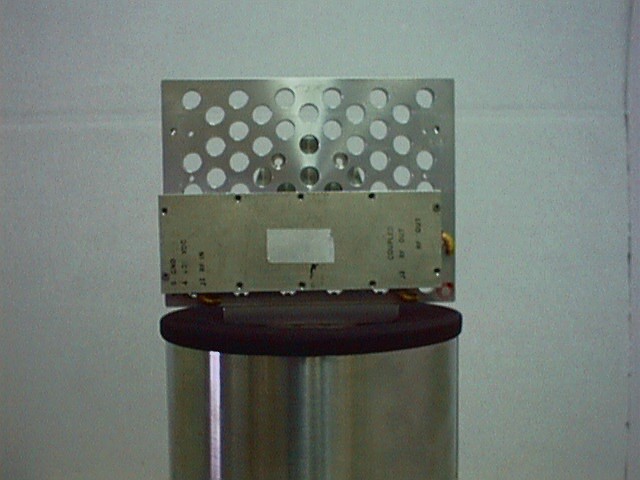
3 Axis Vibration Fixture 
600FLb. Shaker with Granite Slip Table

